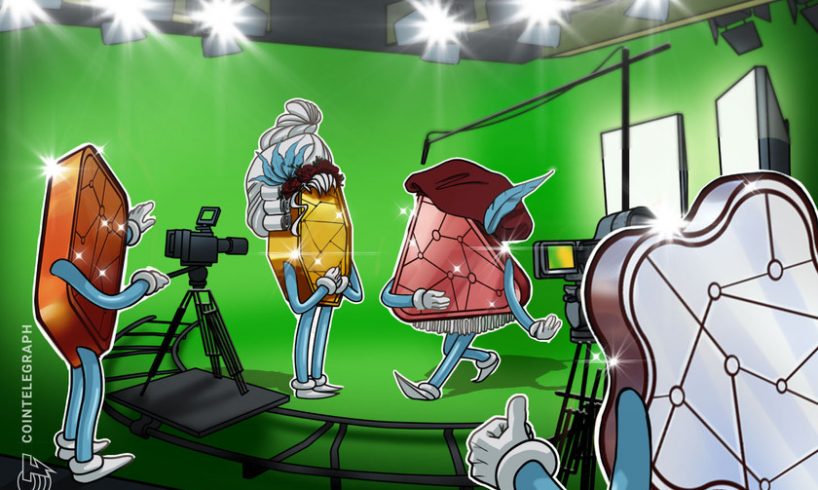
Web3 tools and innovations are making their way into various mainstream industries across the world. Some such as the sports and music industries have made a big leap into adoption. However the world of cinema has not been as vocal on its adoption.
Some filmmakers in the past have touched on DAOs as a tool to boost community engagement around cinematic projects.
Recently, big names in cinematic entertainment like Disney have made more swift moves into the space by hiring Web3-related lawyers and bringing the Polygon blockchain network into its accelerator program.
Cointelegraph sat down with Director Stephen Fung, who is currently developing the Web3 film project Departed Apes, to better understand how Web3 tools like nonfungible tokens (NFTs) and now soulbound tokens (SBTs) can serve cinema. Moreover, Fung helped define what makes a Web3 film, and if it’s a genre of its own.
Despite there being not a lot of buzz in the world of cinema around Web3 tools, Fung says these two worlds share one inherent feature: visuals.
“Films are just moving images, telling stories. It’s all very visual based. In my opinion, besides the tech behind Web3, it’s also a very visually based [industry].”
However, where the film industry may be hesitant around the whole NFT movement, is intellectual property (IP) rights.
“Film companies’ most valuable asset that they have is their intellectual property (IP). Let’s say if you’re Marvel you’re not going to dive into something that may have the potential of jeopardizing any of the IP,” says Fung. “They tend to be a lot more careful, which is very understandable.”
This can be seen in a recent lawsuit between blockbuster director Quentin Tarantino and the film studio Miramax, over NFTs which were made about the former’s hit movie Pulp Fiction. The main issue in this case was over property rights.
Related: Academy Award winner Anthony Hopkins sells out NFT collection in minutes
Nonetheless Fung highlighted the ways in which these tools can still be useful to communities in the…
..






